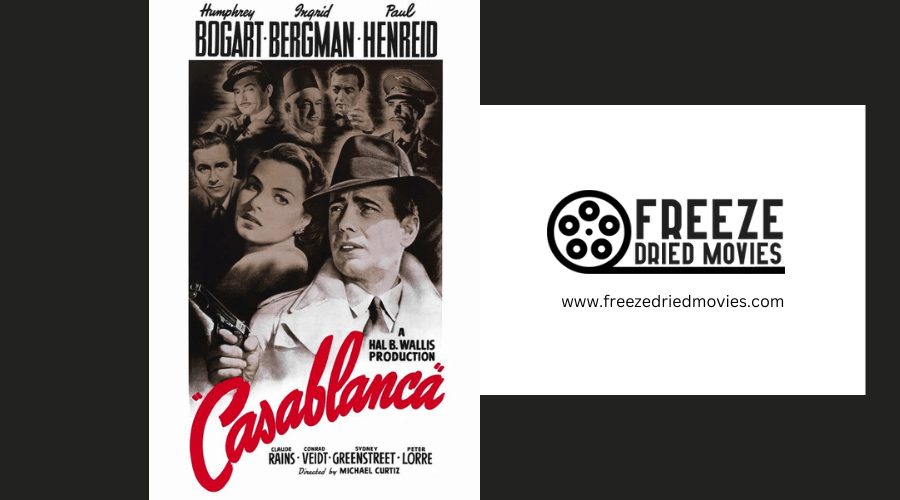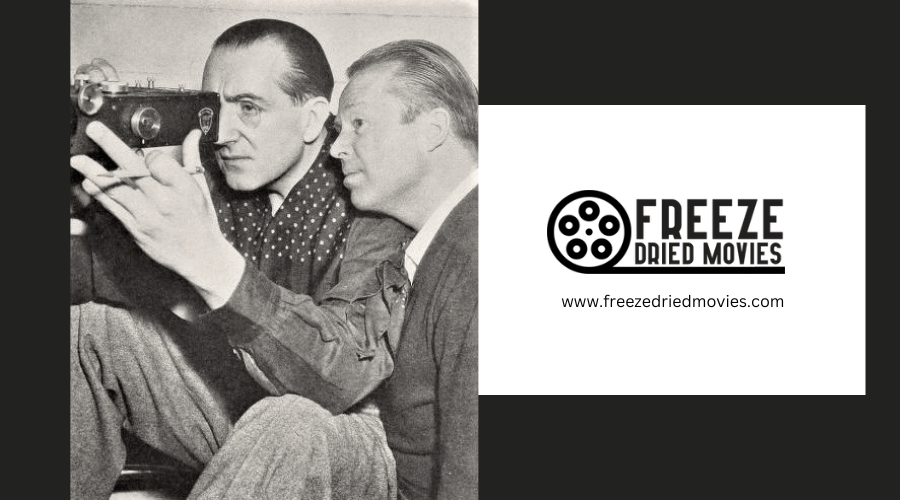1940s Horror: The Golden Age of Classic Monster Films
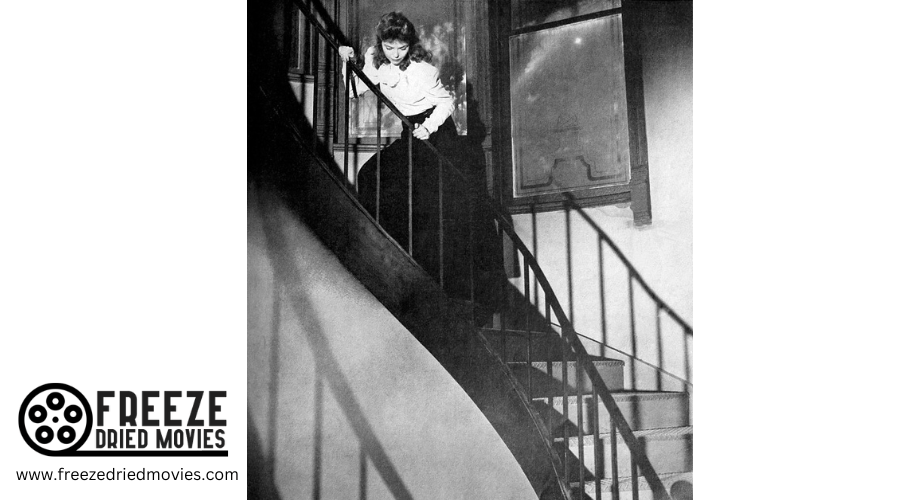
The 1940s marked a significant era for horror cinema. This decade saw the evolution of classic monster movies and the emergence of new psychological thrillers. Horror films of this period often blended supernatural elements with human fears, creating a unique atmosphere of suspense and dread.
Studios like Universal and RKO played key roles in shaping the horror genre during this time. They produced iconic films featuring werewolves, mad scientists, and other supernatural beings. These movies not only scared audiences but also explored deeper themes of identity and social anxieties. The 1940s horror films laid the groundwork for future generations of scary movies, introducing techniques and storylines that continue to influence filmmakers today.
Horror Turns Inward
The 1940s marked a shift in horror cinema. As World War II raged, American filmmakers became the primary producers of scary movies. The genre faced challenges from censorship and overused formulas, leading to a new approach.
Horror films of this era often explored psychological themes. Movies like "The Picture of Dorian Gray," based on Oscar Wilde's novel, delved into the dark corners of the human mind. This film told the story of a man whose portrait aged while he stayed young, touching on themes of vanity and corruption.
Filmmakers also blended horror with other genres. "The Spiral Staircase" mixed elements of psychological thrillers and film noir. It featured a mute woman being stalked by a killer in a spooky manor house.
Some movies drew inspiration from real-world fears. "The Devil Bat" played on anxieties about scientific experiments gone wrong. In this film, a mad scientist uses mutated bats for revenge.
Familiar faces continued to dominate horror cinema:
- Boris Karloff
- Bela Lugosi
- Lon Chaney, Jr.
These actors appeared in multiple films each year, becoming synonymous with the genre.
While supernatural elements were still present, they often took a backseat to human evil. Films like "The Black Cat" focused on the cruelty people inflict on each other.
The horror genre of the 1940s reflected a world grappling with real-life terrors. It turned its gaze inward, examining the monsters within the human psyche.
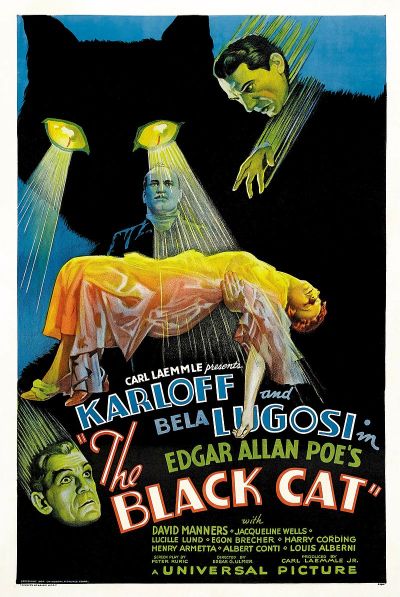
Mad Scientists on the Silver Screen
Dr. Jekyll and Mr. Hyde (1941)

MGM's 1941 take on Robert Louis Stevenson's classic tale brought together a star-studded cast. Spencer Tracy played the dual role of Dr. Jekyll and Mr. Hyde, with Ingrid Bergman and Lana Turner as his love interests.
Tracy's approach to the character differed from earlier versions. He opted for a more subtle transformation, relying on his acting skills rather than heavy makeup to portray the shift between Jekyll and Hyde. This choice led to a portrayal that focused on moral decay rather than physical monstrosity.
The film explored Jekyll's relationships with two women:
- Beatrix (Lana Turner): Jekyll's proper fiancée
- Ivy (Ingrid Bergman): A barmaid pursued by Hyde
Hyde's abusive treatment of Ivy formed the core of the movie's horror elements. Their scenes together were intense and disturbing, showing Hyde's cruel nature.
Despite its big names, the film received mixed reviews. Critics praised the production values but found fault with the story's handling. The New York Times called it "preposterous" and "hokum."
The movie did earn three Oscar nominations:
- Best Cinematography
- Best Film Editing
- Best Music Scoring
The Ape (1940)
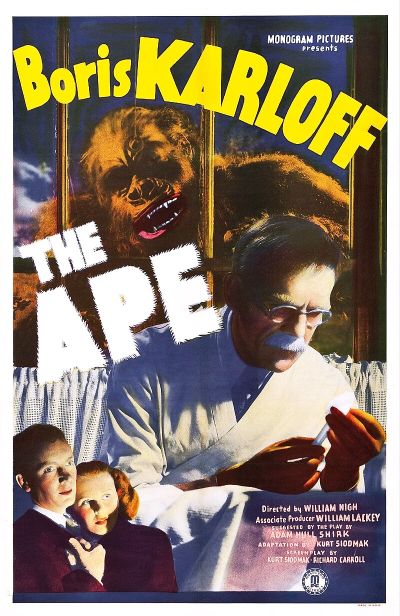
This B-movie from Monogram Pictures starred Boris Karloff as Dr. Bernard Adrian. The story blended elements of mad science and circus horror.
Key plot points:
- Dr. Adrian arrives in a small town to treat paralysis victims
- Locals distrust him, suspecting he experiments on dogs
- A circus ape escapes and attacks its trainer
- Adrian makes a series of bad choices, leading to murder
Karloff's performance gave depth to Adrian's character. The doctor was an outsider, rejected by the townspeople for his foreign ways and strange ideas.
The film touched on themes of:
- Scientific ambition vs. morality
- Prejudice against outsiders
- The lengths one might go to achieve a goal
Adrian's motives were complex. He wanted to help a disabled girl walk again, reminding him of his lost daughter. Yet he was willing to commit terrible acts in pursuit of his scientific goals.
The movie hinted at larger issues without breaking the Production Code's rules. It raised questions about the limits of science and the treatment of those seen as different.
Paula, The Ape Woman (1943-5)
Hungry as the Lupine Creature
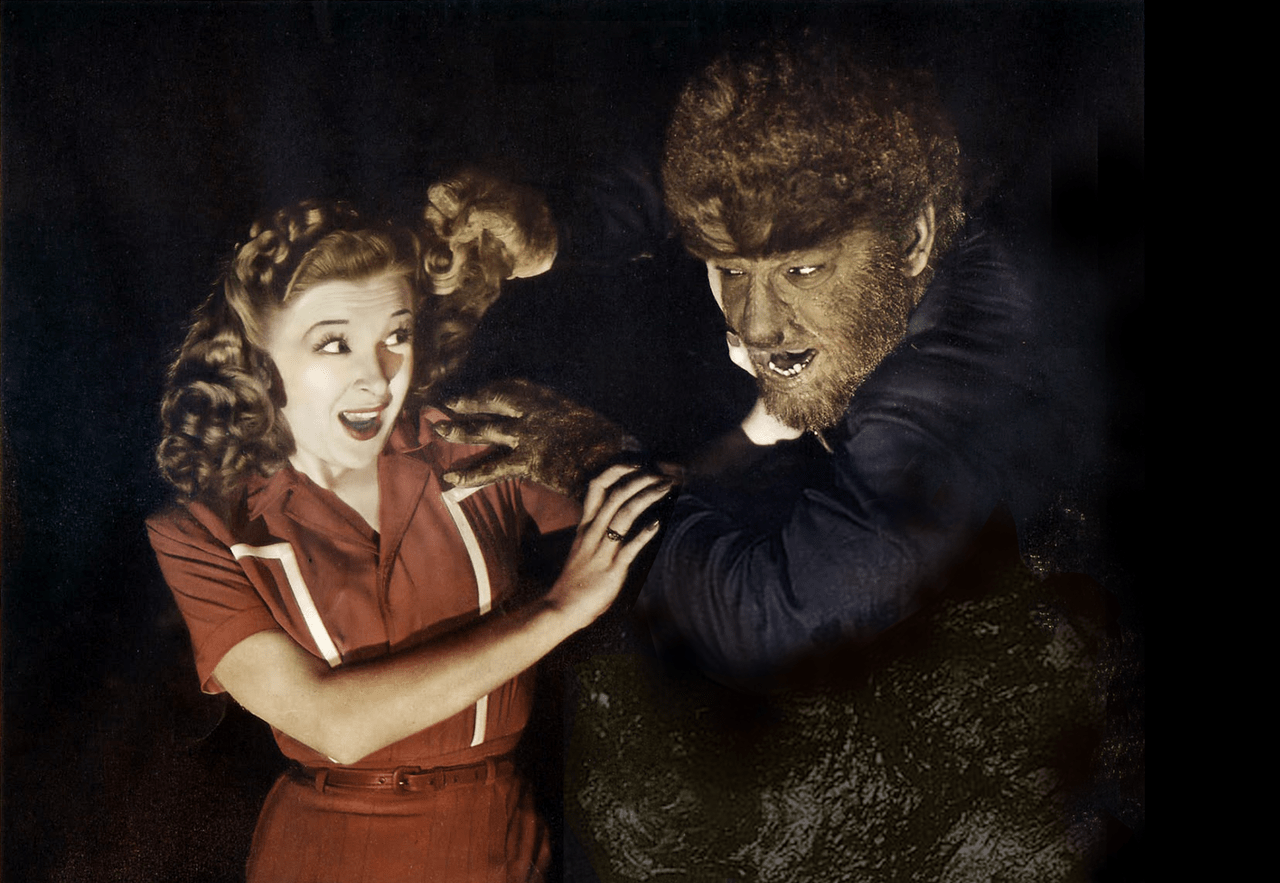
The Lycanthrope Movie (1941)
The early 1940s saw a shift in horror cinema, with wolves taking center stage as the new creatures of fear. This change reflected the tense mood of the era, as the world grappled with conflict and uncertainty.
A landmark film emerged in 1941, introducing audiences to a new take on the age-old legend of humans transforming into beasts. This movie blended various myths and added fresh elements to create a unique werewolf story.
The plot unfolds in a Welsh village, far removed from the global turmoil of the time. Larry Talbot, played by Lon Chaney Jr., returns to his family's estate after years away. He quickly settles into village life, mending his relationship with his father and falling for a local girl named Gwen.
Things take a dark turn when Larry visits a carnival with Gwen and her friend Jenny. They meet a fortune teller who sees a strange symbol in Jenny's palm. Later that night, Larry fights off a wolf attack but gets bitten in the process. This bite sets off a chain of events that leads to Larry's terrifying transformation.
The movie's makeup effects were groundbreaking for the time. It took hours to apply the 20 layers of fur that turned Chaney into the beast. This painstaking process paid off, creating a memorable and frightening monster that captivated viewers.
The film hit theaters at a crucial moment in history, just after the attack on Pearl Harbor. Despite worries that people might stay home, it was a big success. It earned $2.4 million, which was a lot compared to its $180,000 budget.
This movie did more than scare audiences. It set new rules for werewolf stories in films. Many of the ideas it introduced, like the full moon trigger and silver as a weakness, became standard parts of werewolf lore in later movies.
For Lon Chaney Jr., the role was a career-defining moment. He stepped out of his famous father's shadow and became a horror star in his own right. The success of the film kept him busy with similar roles for years to come.
The movie's themes touched on deeper fears than just the monster itself. It explored ideas of the beast within, loss of control, and the struggle between one's good and dark sides. These themes resonated with viewers who were living through uncertain times.
The film's writer, Curt Siodmak, brought his own experiences to the story. As someone who had fled from real-world dangers, he understood the fear of transformation and loss of self that the werewolf represented.
While the movie drew from various myths, it didn't stick closely to traditional werewolf stories. Instead, it created its own mythology, mixing in elements like fortune-telling and magical symbols. This fresh approach helped it stand out from earlier werewolf tales.
The setting of the film, a quiet Welsh village, provided a stark contrast to the beast's violent nature. This peaceful backdrop made the werewolf's attacks even more shocking and emphasized the idea of a hidden threat lurking in seemingly safe places.
The father-son relationship in the movie added depth to the story. It touched on themes of legacy, expectation, and the pain of disappointing those we love. This human element made the supernatural aspects of the film more relatable.
The movie's success paved the way for more werewolf films in the coming years. It showed that audiences had an appetite for this kind of monster, leading to a wave of similar movies throughout the 1940s and beyond.
Key cast members:
- Lon Chaney Jr. as Larry Talbot
- Claude Rains as Sir John Talbot
- Evelyn Ankers as Gwen Conliffe
- Bela Lugosi as the Fortune Teller
The film's impact went beyond just entertainment. It tapped into the anxieties of its time, offering a metaphor for the fears and changes people were experiencing in their real lives. The idea of a man turning into a beast echoed worries about losing oneself in the chaos of the world.
Universal's Monster Parade

The 1940s saw Universal Pictures mix and match their iconic monsters in a series of films that blended horror with spectacle. These movies brought together fan-favorite creatures like Frankenstein's Monster, Dracula, and the Wolf Man in increasingly complex storylines.
"Ghost of Frankenstein" (1942) revived the Monster with Lon Chaney Jr. taking on the role. The film introduced Dr. Ludwig Frankenstein, who aimed to improve the Monster by swapping its brain. This twist on the classic tale set the stage for more monster mashups to come.
1943's "Frankenstein Meets the Wolf Man" took the concept further. It starred Lon Chaney Jr. as Larry Talbot, the cursed Wolf Man, seeking a cure for his condition. The movie also brought back Frankenstein's Monster, this time played by Bela Lugosi. The climax featured a showdown between the two monsters, thrilling audiences with its blend of horror icons.
"House of Frankenstein" (1944) upped the ante by including even more monsters. Boris Karloff returned to the franchise, but this time as a mad scientist rather than the Monster. The film also featured Dracula, the Wolf Man, and Frankenstein's Monster. This monster mash-up approach became a template for future Universal horror films.
The studio continued this trend with "House of Dracula" (1945). This movie brought back Dracula and the Wolf Man, adding Frankenstein's Monster to complete the trio. The plot centered on the monsters seeking cures for their conditions, a common theme in these later films.
Here's a quick look at some key monster appearances:
| Movie | Frankenstein's Monster | Dracula | Wolf Man |
|---|---|---|---|
| Ghost of Frankenstein (1942) | ✓ | ||
| Frankenstein Meets the Wolf Man (1943) | ✓ | ✓ | |
| House of Frankenstein (1944) | ✓ | ✓ | ✓ |
| House of Dracula (1945) | ✓ | ✓ | ✓ |
These films often reused plot elements:
- Monsters seeking cures
- Mad scientists trying to help or exploit the monsters
- Angry villagers with torches and pitchforks
- Monsters fighting each other
The repeated use of these elements and the constant resurrection of supposedly dead monsters began to wear thin with audiences. The horror that once defined these creatures gave way to familiarity and even comedy.
In 1948, Universal took a new approach with "Abbott and Costello Meet Frankenstein." This comedy featured the popular duo facing off against Dracula, the Wolf Man, and Frankenstein's Monster. The film marked a turning point, signaling that these once-terrifying monsters had lost their scare factor.
The Universal Monsters era left a lasting mark on pop culture. Characters like Frankenstein's Monster, Dracula, and the Wolf Man became instantly recognizable icons. Their images graced movie posters, Halloween costumes, and merchandise for decades to come.
Despite the decline in horror impact, these later films showcased the staying power of Universal's monster creations. The studio found ways to keep audiences coming back, even as the shock value faded. This approach paved the way for future monster team-ups and crossovers in film and other media.
The legacy of Universal's monster parade extends beyond these 1940s films. It influenced how future generations would view and reimagine classic movie monsters. The idea of bringing multiple horror icons together in one story became a popular trend, seen in later films, TV shows, and comics.
Universal's monster movies of the 1940s represent a unique period in horror film history. They show how a studio can adapt and evolve its franchises to keep them relevant. While they may not have maintained the pure horror of the original films, they kept these monster characters in the public eye and cemented their status as cultural icons.
RKO's Feline Frights and Beyond
The Mysterious Cat People (1942)
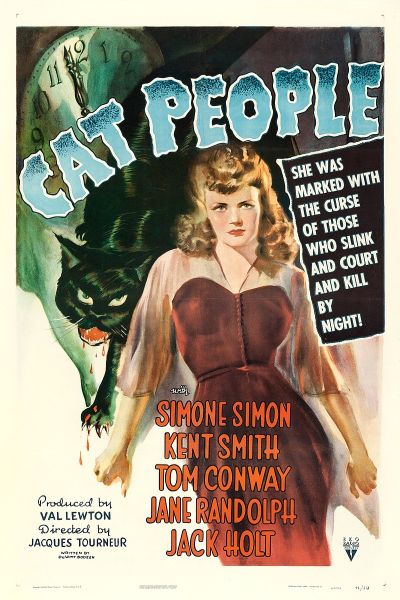
RKO's horror lineup kicked off with a chilling tale of a woman's inner fears. This psychological thriller follows Irena, a Serbian immigrant who believes she'll transform into a dangerous feline if she gets too close to her new husband. The film relies on shadows and suggestion rather than showing monsters directly. A famous scene set in a swimming pool leaves viewers on edge, wondering what lurks just out of sight. The movie was a big hit, earning much more than its small budget. Its success led to a follow-up film two years later.
Caribbean Chills: I Walked With A Zombie (1943)
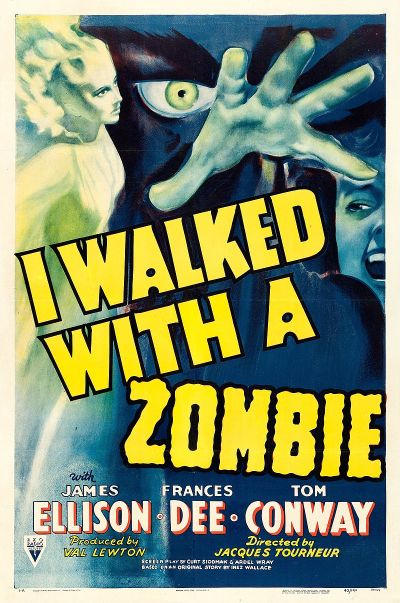
This creepy film blends elements of classic literature with Caribbean folklore. It centers on a young nurse who travels to the West Indies to care for a woman who seems to be in a trance-like state. As the nurse tries to help her patient and falls for the woman's husband, she gets tangled up in local voodoo practices.
The story was inspired by a real journalist's encounter with someone she thought was a zombie. The movie's writers added romantic drama to flesh out the plot. Like its predecessor, this film creates fear through atmosphere and unseen threats rather than showing monsters on screen.
Grave Matters: The Body Snatcher (1945)

This dark thriller explores how easily people can lose their moral compass. Set in 1800s Edinburgh, it features a sinister coachman who supplies corpses to medical schools. A young medical student gets caught up in this grisly business and must face tough ethical choices.
The film brings together two horror legends, Boris Karloff and Bela Lugosi. But instead of relying on monster makeup, it focuses on the psychological terror of human evil. Karloff gives a chilling performance as the ruthless body snatcher.
Key points about RKO's horror films:
- Produced by Val Lewton
- Made between 1942 and 1946
- Used suggestive shadows instead of showing monsters
- Drew from literary sources
- Featured former A-list actors
- Made on small budgets but were very profitable
Other notable RKO horror films:
- The Curse of the Cat People (1944)
- Isle of the Dead (1945)
- The Leopard Man (1943)
- The Seventh Victim (1943)
These movies showed that horror could be subtle and psychological, not just about monsters and masks. They still hold up today as examples of smart, creepy filmmaking.
The Ghostly Tale of Windward House
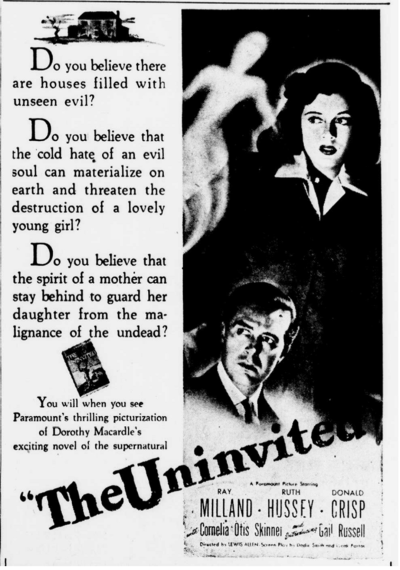
"The Uninvited" (1944) marked Paramount's venture into supernatural horror. This eerie film, based on Dorothy Macardle's novel, tells the story of siblings Rick and Pam who buy a seaside house in Cornwall. Their new home, Windward House, comes with an unexpected tenant - a ghost.
The movie's plot centers on uncovering the truth behind the haunting. The previous owner, Mary Meredith, died after falling from a cliff. Her daughter Stella now lives nearby with her grandfather. As Rick and Pam dig deeper, they find a web of secrets involving Mary, her husband, and a model named Carmel.
"The Uninvited" scared viewers with its ghostly effects. It also created a chilling mood through its setting and the tragic backstory. The film did well at the box office and with critics. It even got an Oscar nod for its black and white camera work.
This movie helped make ghosts a popular theme in horror films. It showed that supernatural beings could scare audiences just as much as human villains or monsters in makeup.
Key characters in the film:
- Rick and Pam: The siblings who buy Windward House
- Stella: Daughter of the house's former owner
- Mary Meredith: The ghost haunting the house
- Carmel: An artist's model involved in the past events
The film hints at some complex relationships without saying too much. This subtle approach helped it avoid trouble with censors while still telling a rich story.
"The Uninvited" came out during a time of change in horror movies. Films were starting to focus more on mental fears rather than just scary monsters. This trend would keep going for many years.
The success of "The Uninvited" showed that ghost stories could work well on screen. It paved the way for more supernatural films in the future. As older movie monsters became less scary, filmmakers looked for new ways to frighten people.
The 1940s saw big changes in what scared people. World War II had shown real horrors, and new fears like atomic weapons were on people's minds. Science fiction themes, like aliens, were also becoming more popular in movies.
"The Uninvited" stands out as an early example of a serious ghost story in film. It mixed mystery, romance, and scares in a way that appealed to many viewers. The movie helped prove that horror could be more than just monsters in costumes.

